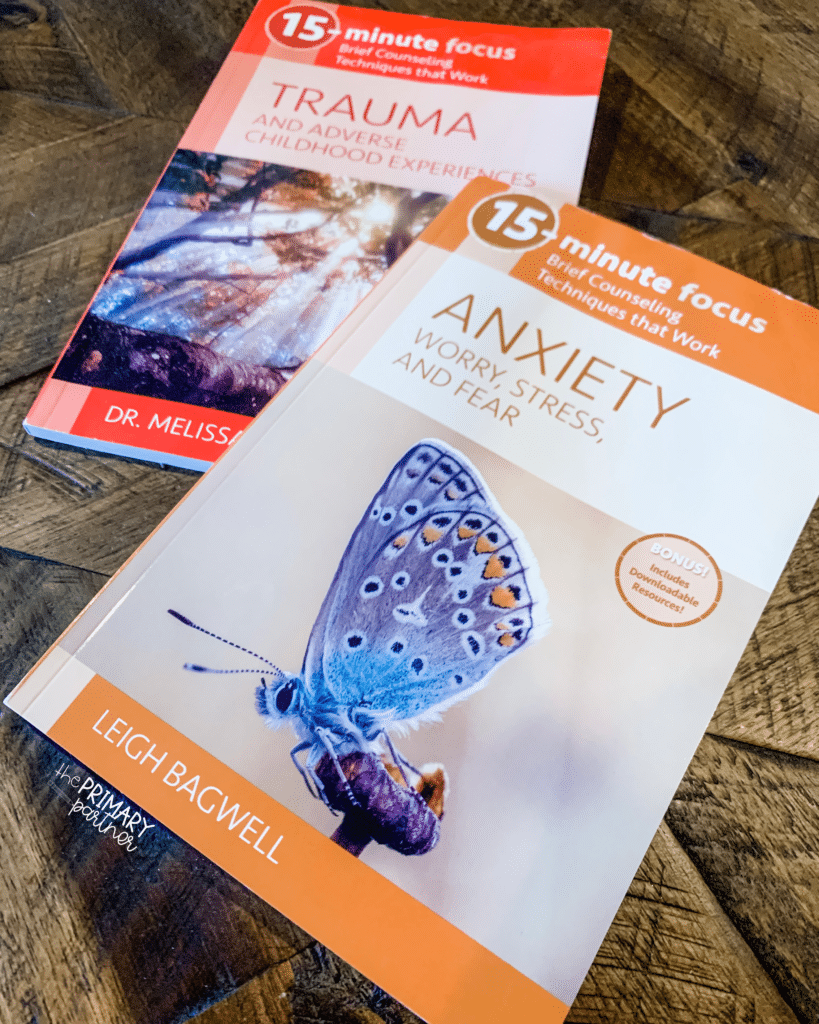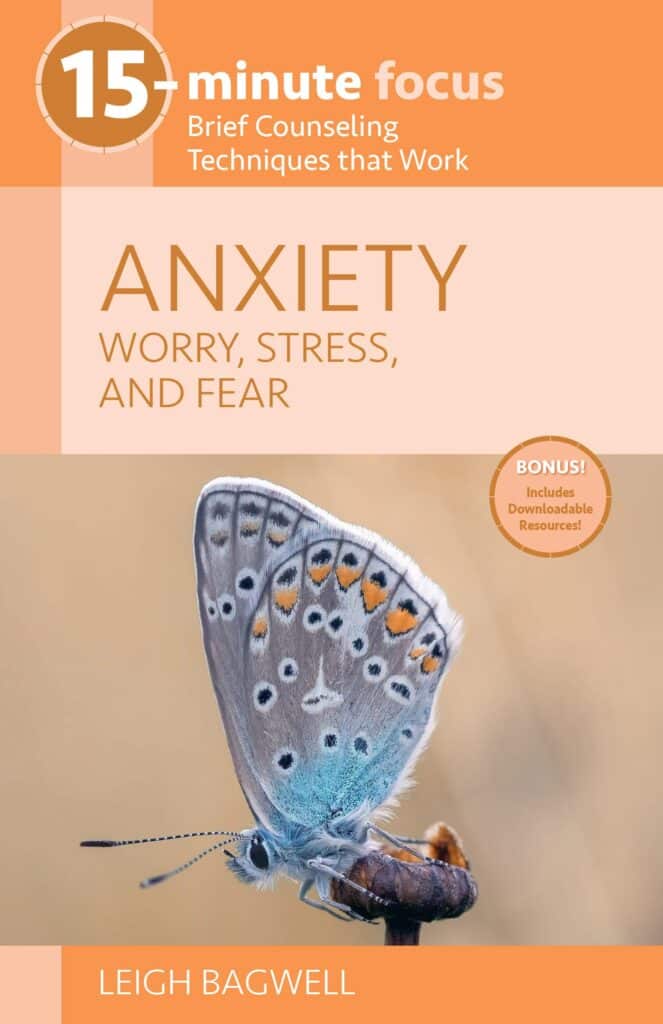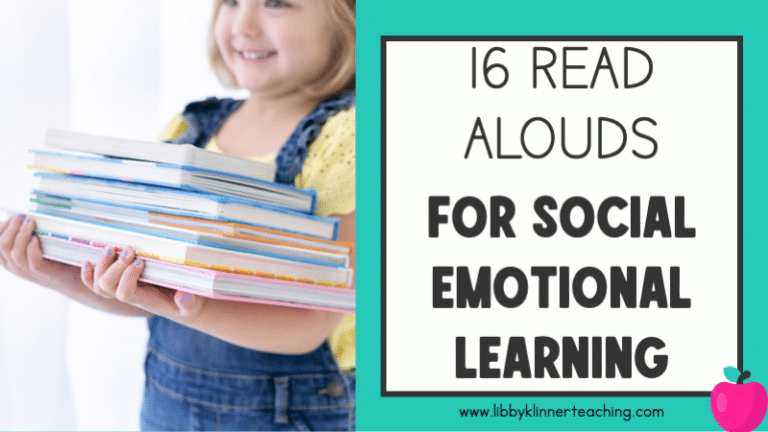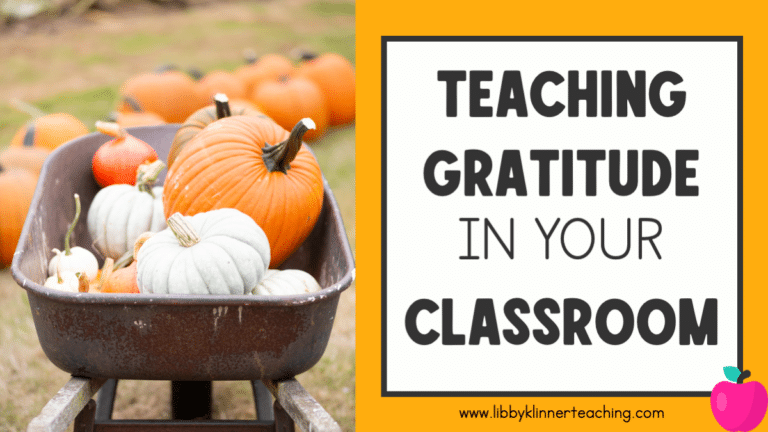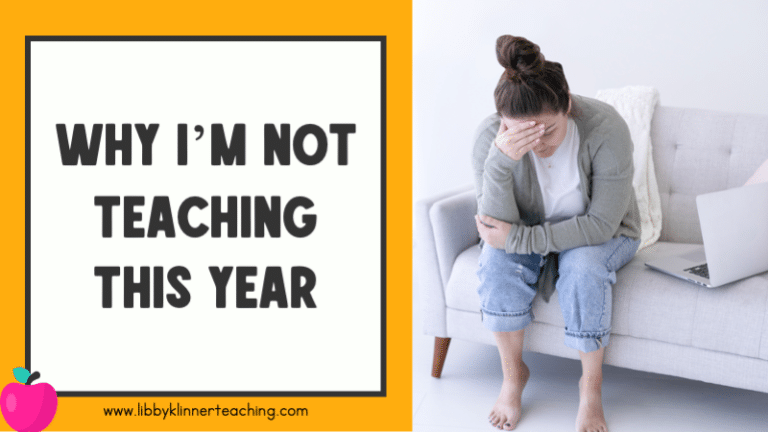Anxiety in the Classroom

Now more than ever we need to be able to recognize the signs of anxiety in our students. Their world has been rocked by this pandemic and it’s important that we recognize anxious behavior and provide them with tools to cope with that behavior. Anxiety in the classroom can be challenging, but there are great resources out there for teachers!
I recently read the part of the 15-Minute Focus series. This series was created with school counselors in mind, but Leigh Bagwell provides strategies for teachers and administrators as well. This book is a must read! Click here to find it on Amazon! I’m going to touch on a few important take aways from this book, but I don’t want to spoil it all for you!
What is Anxiety?
Anxiety is more than just feeling scared or nervous. It is “the excessive concern about a potential triggering event or perceived threat to one’s safety. That safety can be physical, emotional, or social,” (Bagwell, 2020). Children that experience anxiety are not making the choice to be anxious, faking it, able to stop these feelings of anxiety by will, purposefully disobeying, or seeking attention.

Anxiety is a Physiological Response
A common misconception, especially for those that do not suffer from anxiety, is that it can be controlled. In reality, anxiety is triggered by the amygdala in the brain. When you perceive a threat, your amygdala activates your sympathetic nervous system, which then releases hormones. Your body then has to choose between a fight, flight, or freeze response to this threat. When you understand this bodily response, you can then begin to use coping strategies.
When you encounter a threat, whether that threat is real or imaginary, your prefrontal cortex determines how concerning this threat is. Children’s prefrontal cortex is not fully developed, so they are likely to experience more threats. They are not able to discern real threats from imaginary ones. Even more challenging, the amygdala reacts before we can judge this threat, so children can’t control this and feel fear before they know what they fear or why.
Anxiety Can Prevent Students from Participating in Classroom Activities
Children that experience anxiety are in a state in which they cannot think calmly or clearly. Studies have shown that it can take between twenty and sixty minutes after a perceived threat is gone before a child’s body returns to its pre-anxious state. Children physically cannot participate in cognitive activities soon after an episode of anxiety. It’s necessary to give that student time and space to calm their body down before asking them to rejoin classroom activities.

What Does Anxiety Look Like?
Often anxiety is internalized, but physical symptoms may also present. These include increased heart rate, tense muscles, increased blood pressure, excessive sweating, rapid breathing, headaches, nausea, digestive issues, feeling jittery or lightheaded, hot face, clammy hands, and dry mouth (Bagwell, 2020). It can also come across in emotional episodes, such as anger, defiance, withdrawal, crying, clinging to a trusted adult or sibling, being startled easily, having tantrums, sleeping poorly, refusing to speak, missing school or work, and avoiding social situations (Bagwell, 2020). It’s important to recognize that these behaviors can be caused by an anxiety-inducing event.
As a teacher, here are some things you can do to help your students with anxiety:
- Provide them with vocabulary and/or language to articulate what they are feeling.
- Let them know that their feelings will not get them into trouble.
- Encourage them to seek solutions to their anxiety.
- Remind them that their anxiety is not a problem and that you want to help them through it.
- Create a positive relationship with that student or encourage them to talk to another trusted adult.

Why Do We See More Anxiety in the Classroom Today?
In today’s world, students are processing so much more information in a very small amount of time. Emotion regulation and self-control are not fully developed in the brain until children reach their early twenties (Bagwell, 2020). Children are not cognitively equipped to handle all of this information.
Social media has also impacted anxiety in children. Seeing highlight reels and filtered realities gives them unrealistic expectations. When they do not meet these expectations, they get down on themselves despite the fact that they are unattainable goals in the first place.
As a teacher, it’s your job to create a safe space for your students where they feel empowered to discuss their mental health experiences. Anxiety will always be in the classroom, but we can provide students with a welcoming environment and strategies to cope with their anxiety.
For more in-depth strategies, click here to grab the 15-Minute Focus book on Anxiety. I highly recommend it! This is just the tip of the iceberg.
Information in this blog post is from Leigh Bagwell’s 15-Minute Focus Anxiety: Worry, Stress, and Fear, 2020.



Hi, I’m Libby!
I’m so happy you’re here! I love all things first grade – the curriculum, the content, and the sweet kiddos. I’m passionate about helping K-2 teachers save time in the classroom with fresh ideas and fun, engaging resources.

